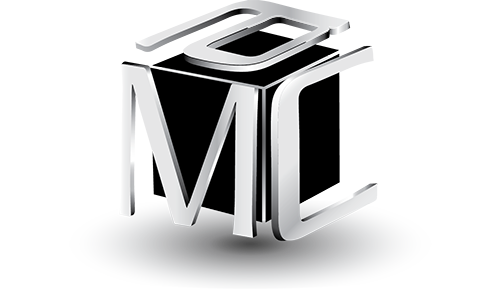The Strategic Technologist
The Strategic Technologist
Richard Citrin and Michael Couch
“Hey, Lets Make Sure We Get the IT People into Our Annual Strategic Planning Meeting!”
Have you heard these works before? Probably not, and therein lies the problem. IT people are great at the technical and tactical but they are not thought of when the firm is reviewing and revising their corporate strategy. When it comes to thinking big picture, influencing and persuading corporate thought leaders, and integrating technology with business planning to increase value, IT people often falter like an unreliable wireless network.
We usually excuse IT professionals from having to interact in an effective manner with other corporate types by suggesting that they think differently or that they are focused on micro details. We cubbyhole them into a cost center and while we hope that our technology will produce an ROI never consider that our technologists could actually guide us there. The truth is that we rarely invite them to the party, so we don’t really know what they can do.
For many IT leaders, letting them off the hook from these kinds of expectations may be a welcome respite for them allowing them to avoid the heated discussions that often evolve from strategy formulation and the requirements that value be derived from every operating unit of the organization. IT leaders are left to respond to the strategic initiatives of the organization rather than helping frame it. Unfortunately, that means that are underutilizing one of our brightest and most valuable organizational resources.
So who has the responsibility for getting our IT professionals more engaged in big picture? Is it the responsibility of C-Suite leadership to find a way to engage these staff members more effectively or is it the role of the IT team to learn to be better strategic thinkers. We believe that both parties share the responsibility and opportunity to bring this valuable resource to the larger organization.
Let’s begin with the IT professional’s responsibility. The best way to demonstrate value is to bring value. Helping those leaders to become more proficient in understanding and communicating their strategic work must be the first step. The brand of IT professionals must be expanded from technically focused to policy and market focused. We do this by developing them in an intentional manner.
There is a three-step process that effectively develops IT professionals to be more skilled competent in talking about and acting in a strategic manner.
- The first area is in strengthening communication skills. Developing an understanding of one’s own communication style along with using business terms in place of techno terms goes a long way to thinking business first. Most IT professionals understand the importance of language as it relates to programming and providing them with skills around using powerful language can also build a case for them being seen as indispensable in the business setting.
- The second area is in understanding how the business works, particularly from the perspective of the external marketplace. IT professionals are often very good at analyzing and building internal processes. Understanding and leveraging how those processes add value in the marketplace can be a differentiator Developing skills such as business and financial acumen, strategic agility, global perspective along with strategic planning and decision making, introduces a new perspective from which an IT professional begins to think differently about their company and their contribution to it.
- Becoming trusted business partner means acting like a trusted business partner. Shifting their role identify from being a technologist to becoming an internal consultant creates the relationship where the IT professional becomes an advocate for business success instead of an add on for the business. In addition, IT can help other non-technology functions apply its unique knowledge, process and systems. Thinking ROI instead of RAM demonstrates that the IT team knows what is important.
Of course, all of this is meaningless unless there is an opportunity to apply it in the real world. This is where C-Suite courageous leadership comes into play. Finding opportunities to bring IT professionals into strategy-centered projects builds the skill set and drives an enhanced value for the IT division.
One of our client companies has been driving a digital initiative to increase their on-line presence beyond brick and mortar. The company is known for its exceptional customer service but their technology platforms were more functional than friendly. In order to build their web site so that it was customer-centric, several IT professionals went and “lived” in the customer focused workplaces for a period of time. They handled phones in the call centers, watched sales people interact with customers in their retail settings and sat with the “expedited problem solving teams” to hear how frustrated their customer could get when things didn’t go their way. Upon returning to their technology offices, they asked to have a customer service person join their team to make sure they maintained their customer-centric focus.
The result was a top class web product that fully integrated with their phone and retail services.
While we’re not sure that people still think of their IT team members like “Nick from IT” who use to drive employees crazy when he rolled his eyes on Saturday Night Live because his fellow employees don’t “get technology”, but we’re also not sure that they don’t. Helping IT professionals to be ambassadors for the business will go a long way to helping everybody be on the same team.

